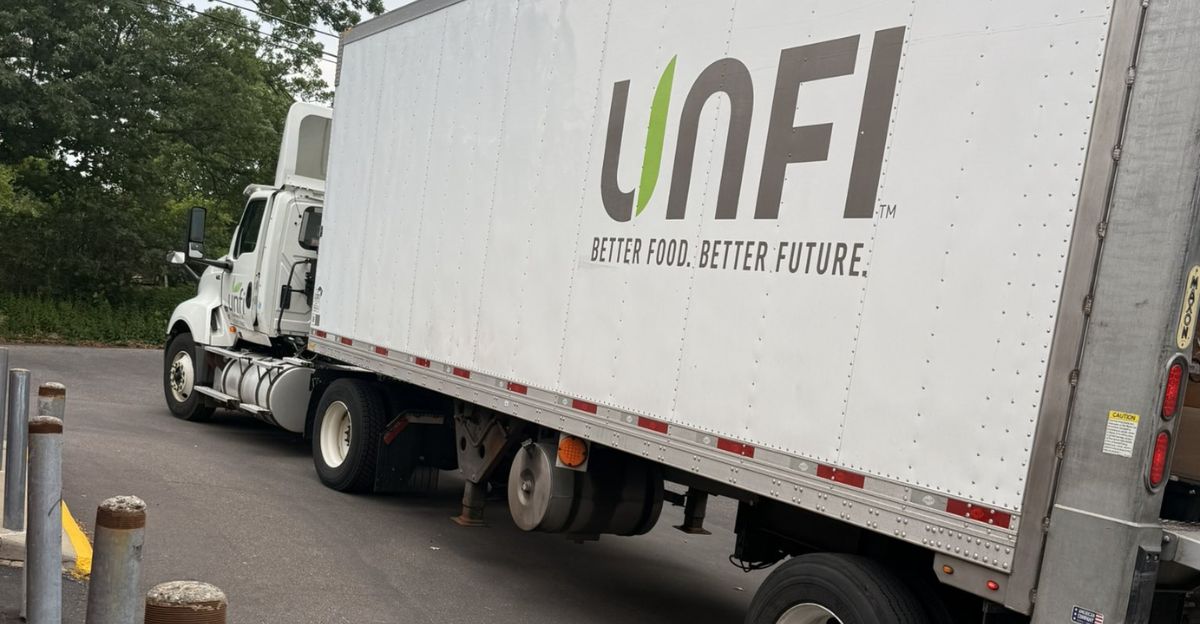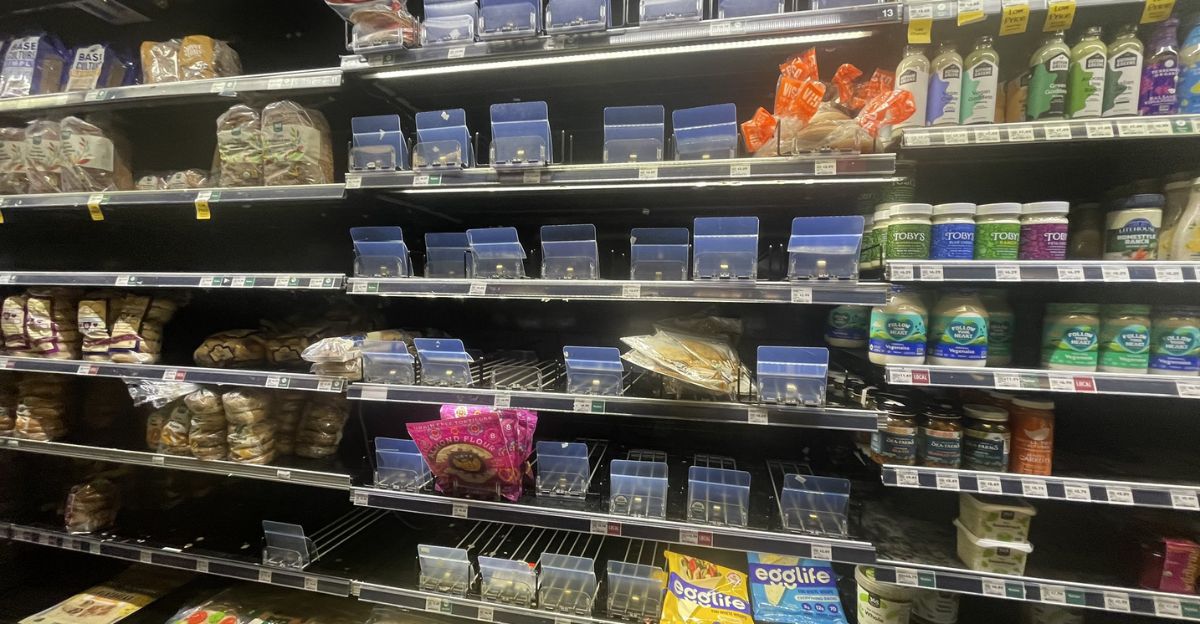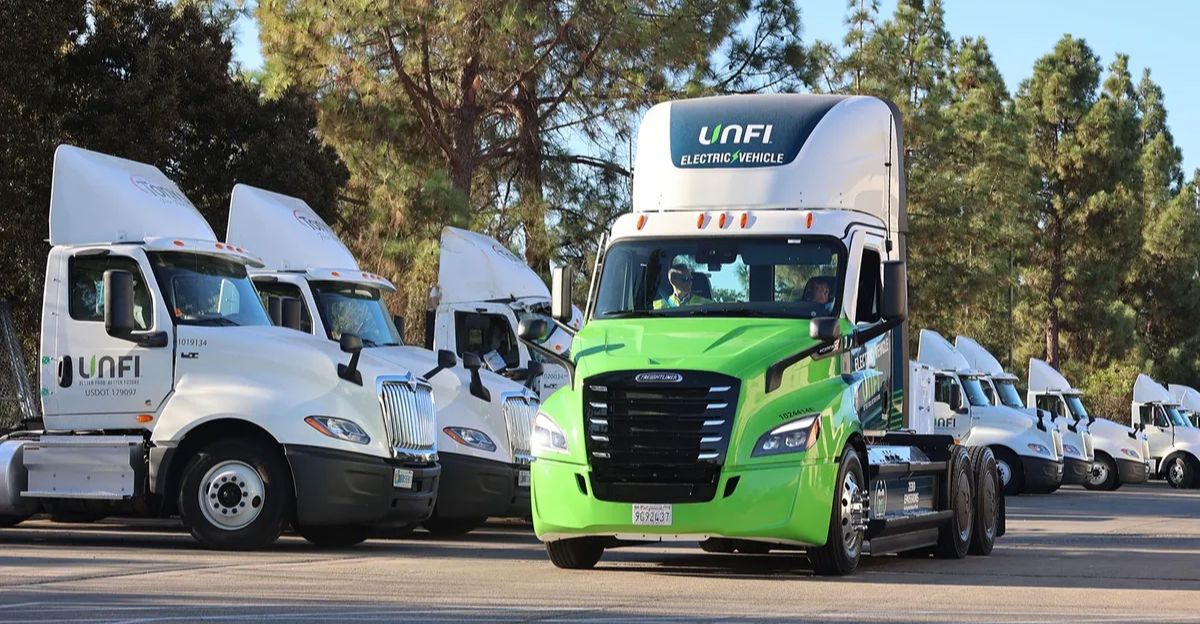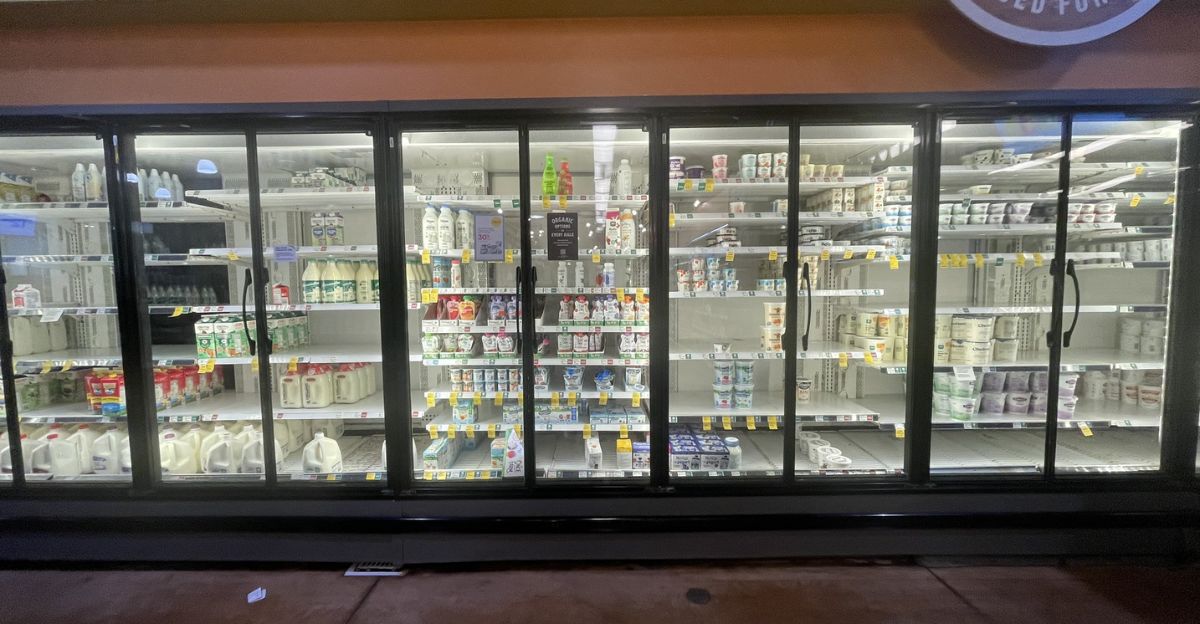
For months, the public has been told that tariffs are to blame for empty grocery store shelves, higher prices, and growing shortages. But there’s a much more immediate threat causing chaos in the food supply chain—cyberattacks.
When hackers took down United Natural Foods (UNFI)—the main distributor for Whole Foods and thousands of other grocers—it wasn’t trade policy that emptied refrigerated sections. It was a direct hit to the backbone of grocery logistics.
The June 5, 2025, breach shows how quickly cybercriminals can shut down operations, disrupting the entire system in hours. While tariffs spark political debate, hackers are quietly pulling the plug on food access across the country.
The UNFI Attack Exposed Just How Fragile Our Food System Really Is

UNFI isn’t just a food distributor—it’s the beating heart of grocery retail in North America. It supplies over 250,000 products to 30,000 stores and generates $30 billion annually. When hackers hit its IT systems, everything came to a halt.
Whole Foods employees were left cleaning out empty freezers instead of restocking them. Tariffs raise prices slowly, but cyberattacks shut everything down in days. The attack on UNFI made one thing painfully clear—a single breach can ripple through thousands of stores, leaving millions without essential goods overnight.
Cyber Threats Are Surging—Tariff Effects Still Lag Behind

The numbers are alarming. Cyberattacks on retailers have jumped 400% in recent years, and 80% of retailers were hit in 2024. Supply chain attacks now make up 62% of all system intrusions. Meanwhile, current tariffs are expected to raise food prices by just 2.6%. That’s nothing compared to the immediate disruptions caused by hackers.
Food and agriculture ransomware attacks reached 212 incidents in 2024, up from 167 the year before, and a staggering 607% increase since 2020. These aren’t slow-burn issues. They’re quick, targeted strikes that break the supply chain almost instantly.
Why Attackers Love the Food Industry

Cybercriminals know something many lawmakers don’t: Disrupting food distribution causes instant chaos. It doesn’t require months of debate or international deals. A single ransomware attack can shut down an entire system in hours.
Smaller logistics providers, often running outdated software, are prime entry points. Once inside, hackers can jump into larger networks. According to Google’s Threat Analysis Group, attackers who targeted UK retailers are now aiming at U.S. food supply chains. The effect is psychological too: empty shelves trigger panic. People rush to hoard, making shortages worse, and helping hackers succeed without ever touching the products themselves.
Cyberattacks Move Faster Than Any Policy Ever Could

Tariffs take months to show up at the checkout. Cyberattacks hit hard and fast. The UNFI breach was discovered on a Thursday. By Friday, the network was down. By Tuesday, store shelves were bare.
Even pharmacies were affected, with patients waiting four days for prescriptions. This kind of speed leaves no room for preparation. Unlike gradual price hikes, sudden outages cause real panic.
When people walk into a store and find nothing, they don’t think “policy delay”, they think “crisis.” And that panic feeds right into a cybercriminal’s strategy.
Modern Food Chains Are Built on Weak Digital Foundations

Food distribution today relies on digital systems, from smart inventory tools to cloud-based logistics. That makes the entire system vulnerable in ways tariffs never could exploit. Cyberattacks can tamper with safety data, sneak fake goods into supply chains, or ruin frozen food by disabling temperature controls.
Steve Cobb, CISO at SecurityScorecard, says when hackers hit distribution systems, “they’re not just freezing systems; they’re freezing supply chains.” In such a tightly connected web, one weak link can take down everything. Tariffs may tweak prices, but cyber threats can collapse the system.
The Financial Toll of Cyberattacks Dwarfs Tariff Impacts

The cost gap between tariffs and cyberattacks is massive. Tariffs may raise food prices by 2.6%, but a single cyberattack can cause billions in losses. After UNFI announced its breach, its stock fell 7% immediately, and another 6% the next day.
Cybercrime costs the global economy $9.5 trillion annually—more than the GDP of every country except the U.S. and China. A typical data breach costs $4.88 million. Attacks on supply chains add far more in spoilage, delays, and consumer panic. Just one attack on Marks & Spencer paused online sales for six weeks, costing over £43 million a week.
While Everyone Talks Trade, Hackers Slip In

Political debate around tariffs is drowning out a much more urgent threat. A recent survey shows 78% of executives are changing suppliers due to tariff fears, but doing so without proper cybersecurity checks. That kind of chaos is exactly what hackers wait for. AlixPartners warns that tariffs might even fuel cyberattacks backed by nation-states.
While businesses scramble to avoid higher costs, they’re opening the door to larger threats. By focusing on trade wars, many companies are missing the real danger—cybercriminals targeting the confusion left in tariffs’ wake.
Cyberattacks Are Set to Become the Biggest Supply Chain Risk

Looking ahead, the trend is undeniable. Cyberattacks on the food supply will keep rising and grow more advanced as technology evolves. As agriculture adopts AI and IoT tools, hackers gain new targets, from automated irrigation to warehouse temperature systems. RansomHub, a ransomware group flagged by Food Ag-ISAC, now offers payouts to affiliates who hit food operations.
Unlike tariffs, which come with known, manageable costs, cyber threats evolve fast and unpredictably. The next major food shortage likely won’t come from a tariff hike, it’ll come from a hacker finding a weakness in a food system that’s gone digital.
The Reality Check We All Need

The empty shelves at Whole Foods weren’t caused by tariff debates, they were the work of cybercriminals exploiting weak digital defenses. While economists argue over the impact of trade policies, hackers are proving they can wreak havoc in days, not months. This isn’t just a one-off. It’s a preview of what’s to come if food systems stay unprotected.
The real threat to food security isn’t in foreign trade deals, it’s in the fragile digital infrastructure that keeps our stores stocked. If we want to protect the future of our food, we need to start defending the networks that move it.
